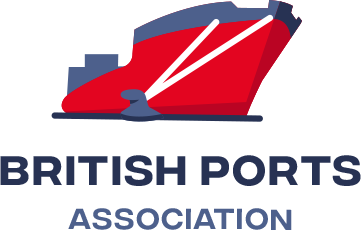With a month left of the deadline of the ‘second chance call in’ for this year’s UK Port Marine Safety Code compliance exercise, the British Ports Association has called on all UK ports, harbours and marine facilities yet to participate, to report through to the Maritime and Coastguard Agency, as a priority.
By ignoring this call, port duty holders could at least be setting a dangerous precedent, or at worst demonstrate a lack of competence to manage their port’s safety systems.
The Port Marine Safety Code has evolved into a vital resource and compliance demonstrates a port’s ability to limit and control their operational safety risks. As well as allowing operators to assess and manage safety arrangements, the PMSC and the three yearly Compliance Exercise provides the government with the knowledge that individual ports and marine facilities are being managed responsibly and competently.
There is now one month to go in this additional period to participate in the exercise. We want to see as many operators as possible indicate their compliance to help maintain safe port activities around our coasts.
In recent years the Code’s coverage has expanded beyond the traditional UK port authority and now includes other entities such as individual terminals and marinas. There have also been challenges for some smaller local authority owned ports understanding all the relevant issues. Getting the message out to these facilities is important so as to ensure safety management is as comprehensive as is possible across our industry.
The Maritime and Coastguard Agency say port duty holders across the UK still had time to indicate their compliance.
It is essential that ports and facilities indicate their compliance to the government. Pretty much all the larger port authorities have confirmed their compliance but there remain a number of individual terminals and smaller port and marine facilities yet to respond. Non compliance can lead to MCA visits and also be used in evidence during prosecutions of other marine incidents. However the message from us is that the MCA is here to help ports of all type on their PMSC journeys.
The Code describes how ports can assess risks, design safety management systems, and also install governance processes to ensure that a Designated Person is able to evaluate controls and report directly to port duty holders and boards, and any duty holder yet to do this will need to ask themselves serious questions if they have not at least reviewed the Code.
An additional period has been added to this year’s PMSC compliance exercise to help ports and facilities participate. Such operators now have until 24 September and the MCA asks that port duty holders submit a letter of compliance and the original details are available here.
Alongside this the MCA also carries out a number of port ‘health checks’ to verify that the correct instruments are in place at a number of different ports each year.
The BPA works closely with the MCA, the Department for Transport and ports around the UK to encourage compliance. Recognising the significance and challenges for ports, the industry body regularly holds briefing sessions for port duty holders, those at ports with the ultimate responsibility for safety at their organisation. The Association has also developed a separate session for port terminal operators and marine facilities as a result of the growing interest from those less familiar with the Code.
